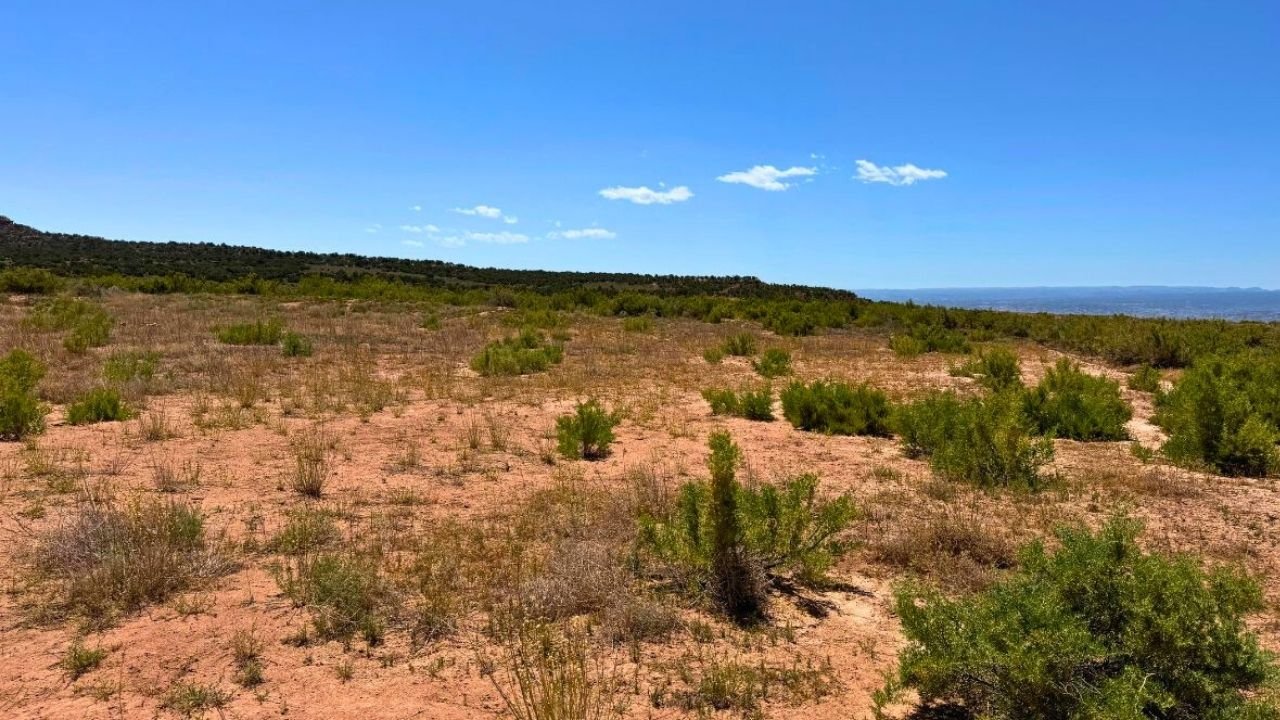Solar Power vs Wind Power: What Works Best in Utah?
If you're planning to go off-grid in Utah, renewable energy is one of the first things you’ll need to figure out. Two of the most popular options are solar power and wind power—but which one actually performs better in Utah’s unique climate and landscape?
In this post, we break down the pros and cons of each system so you can decide what’s best for your land, budget, and long-term goals.
Utah's Climate: A Quick Overview
Utah is known for its high elevation, dry air, and dramatic seasonal shifts. Most of the state sees over 220 sunny days per year, especially in central and southern regions like Duchesne, Moab, and the Uinta Basin.
Wind patterns vary more by elevation and terrain. Some areas—like high ridgelines or open mesas—experience consistent wind. But most valleys and lower elevations only see occasional gusts.
Comparing Solar and Wind Power in Utah
Solar Power in Utah
Pros:
Abundant sunlight statewide
Lower setup and maintenance costs
Quiet, reliable technology
Scalable for small or large systems
Cons:
Requires south-facing exposure for best performance
Energy drops during cloudy days and winter months
Batteries may be needed for nighttime use
Best For:
Most off-grid properties across Utah
Owners who want low-maintenance, consistent energy
Areas with wide-open skies and minimal shade
Wind Power in Utah
Pros:
Can generate energy at night and during storms
Works well in areas with strong, consistent wind
Can supplement solar during cloudy periods
Cons:
Not all areas are windy enough
More moving parts = more maintenance
Taller towers may require permits or zoning clearance
Noisy and more visible than solar panels
Best For:
Elevated properties or open ridgelines
Buyers familiar with mechanical upkeep
Supplementing solar during low-sunlight seasons
Cost Comparison: Solar vs Wind
Solar Power:
Setup cost: $8,000–$20,000 (depending on system size)
Maintenance: Very low; panels have few moving parts
Lifespan: 25–30 years
Noise level: Silent
Ideal conditions: Dry, sunny areas with open skies
Wind Power:
Setup cost: $10,000–$30,000 (towers, turbines, and wiring)
Maintenance: Medium to high due to moving components
Lifespan: 15–25 years
Noise level: Audible during high winds
Ideal conditions: Elevated terrain with steady wind
What About Hybrid Systems?
Some landowners use both solar and wind to balance out their energy supply year-round. For example:
Solar handles most of the load in spring, summer, and fall
Wind supplements energy in cloudy or winter months
Batteries and inverters manage energy storage and flow
Hybrid systems are more expensive to set up but offer more flexibility and reliability, especially for full-time off-grid living.
Which Option Works Best for Utah Landowners?
Go Solar If...
Your land gets lots of direct sun
You want a low-maintenance system
You’re living or recreating seasonally
Consider Wind If...
Your property is elevated and windy
You have space for a tall tower
You want backup power at night or in storms
Choose Hybrid If...
You’re living off-grid year-round
You want backup power without relying on gas generators
You have the budget for a more robust setup
FAQ: Renewable Energy for Utah Landowners
Do I need a permit to install solar or wind?
Solar panels usually don’t require a permit if you’re off-grid. Wind towers may require approval depending on height and local zoning.
Can I install it myself?
Many off-grid owners install solar DIY. Wind power is more complex and often requires professional installation.
How do I store the energy?
Use deep-cycle batteries, inverters, and charge controllers to store and regulate power. Many solar kits come with these included.
Is it cheaper than using a generator?
Over time, yes. Solar/wind systems have higher upfront costs but save money on fuel and maintenance in the long run.
Why It Matters for Land Buyers
If you're looking at off-grid land in Utah, your energy plan should match your land’s location and terrain. Knowing whether solar, wind, or a hybrid system fits your property helps you avoid costly mistakes—and gives you real independence.
Why Choose Us?
We offer land ideal for solar or off-grid setups
Owner financing with low monthly payments
No credit checks and no pressure
Friendly, experienced team to guide you
Ready to build your off-grid setup in Utah?
Explore our available Utah land listings or contact us to learn more about choosing the right land for solar, wind, or hybrid power systems.




